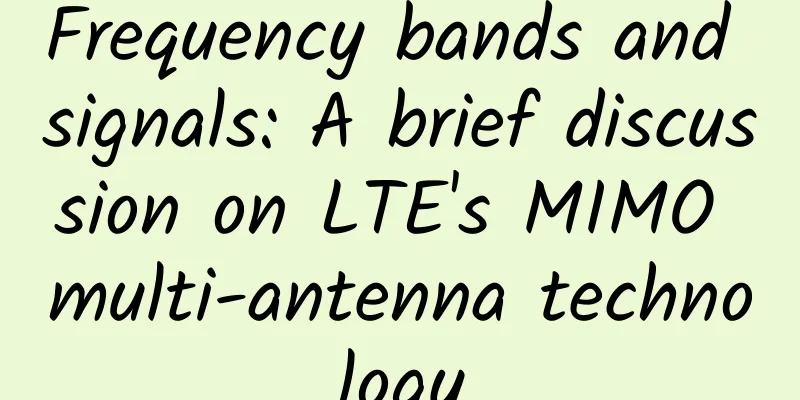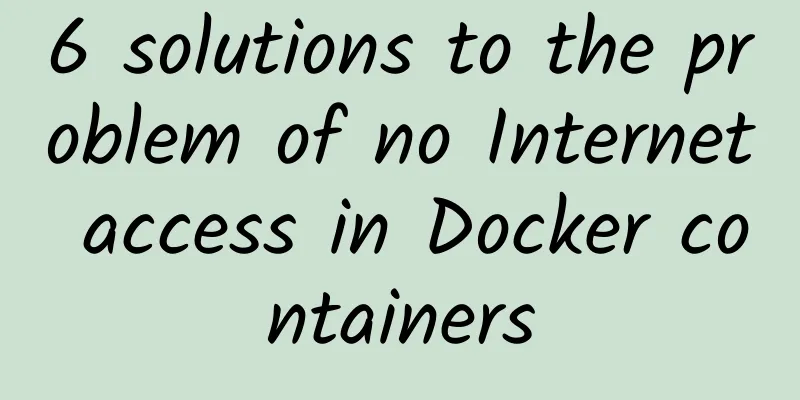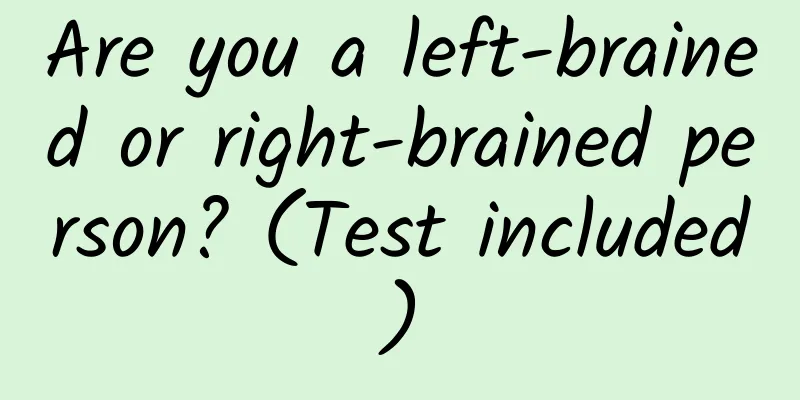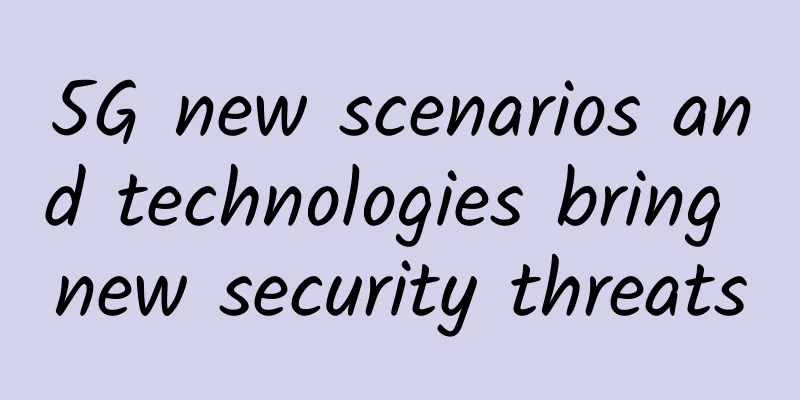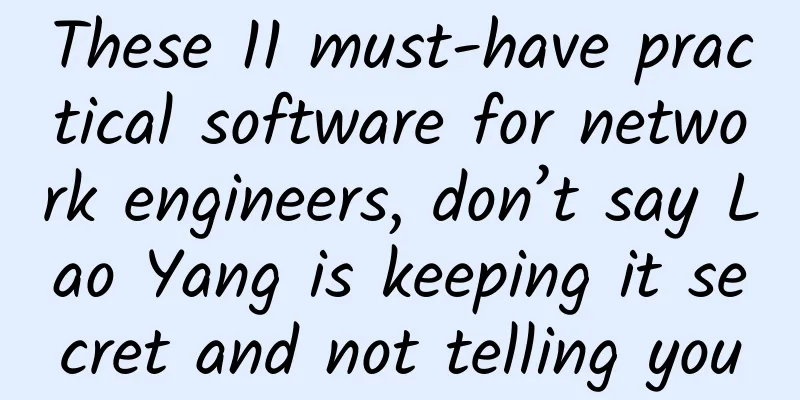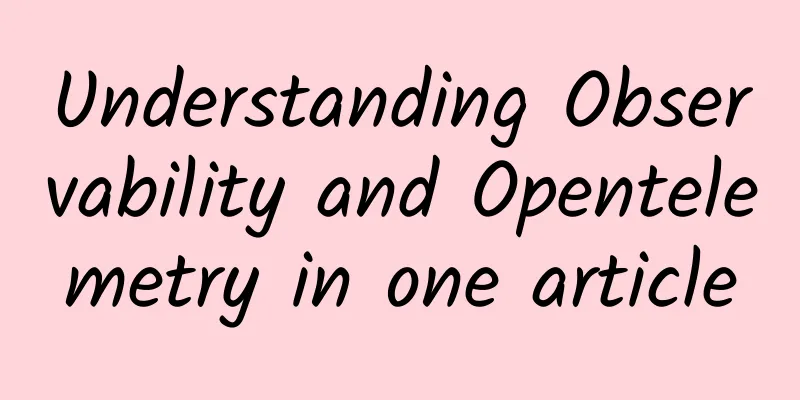Traditional SMS is rising against the trend with the help of 5G. What do you think?
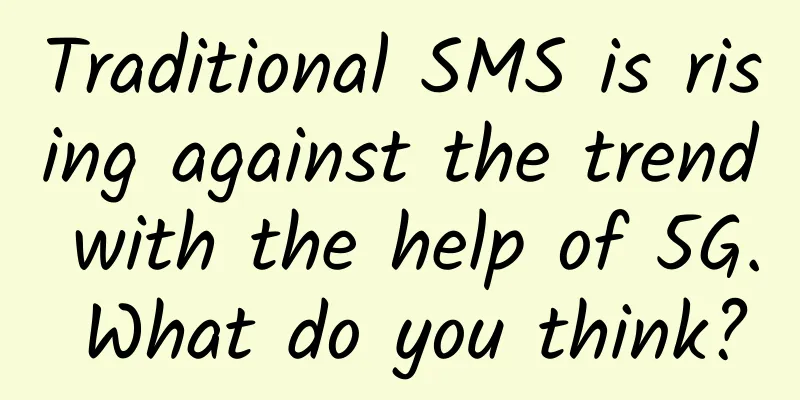
|
In recent years, it seems that it has become a fact that text messages, which carry many emotional and witty words, have become a tool for receiving verification codes. In the near future, this fact is expected to be changed by 5G. On April 8, the three major operators jointly released the 5G message white paper online. Concept stocks of converged communications (RCS) related to SMS rose strongly for two consecutive days. SMS rose against the trend with the help of 5G and transformed into 5G messages. It may be the first 5G application to be implemented.
So, in the era of 5G Internet of Things, how will the new "text messages" that become 5G messages rise against the trend? Counterattack WeChat? Counterattack e-commerce? Counterattack TikTok? All of these seem possible. But will it really happen? 1. What is 5G messaging? Let’s first understand what 5G information is. What is 5G message? Simply put, 5G message is a comprehensive upgrade of SMS and MMS services. 5G messages can send text, pictures, voice, video, location information and even group chat on the SMS interface through converged communication (RCS) technology, realizing various rich applications of APP. This is also the main reason why RCS concept stocks can maintain a two-day rally, which indirectly reflects that 5G messages have been recognized by the capital market. Secondly, users can complete a one-stop business experience including service search, discovery, interaction, and payment within the message window. For individual users, 5G messages provide point-to-point messaging and group chat services. In addition to text, it also supports multiple forms such as pictures, audio, video, location, contacts, etc. Users can send and receive 5G messages from other mobile phone users without downloading the client or adding friends. For industry customers, 5G messages provide enhanced messaging services between individuals and applications, realize "messaging as a service", and introduce a new message interaction mode - Chatbot chat robot. Users can enjoy various 5G application services such as payment recharge, ticket ordering, hotel reservations, logistics inquiries, restaurant reservations, takeaway orders, etc. intuitively and conveniently in the message window. It is worth noting that both individuals and businesses can apply for Chatbot services. It can interact with users through text (including emoticons), pictures, audio, video, location, contacts, documents and other information, and can carry floating menus and fixed menus to provide users with convenient interactive operations. It is understood that the three major operators will launch a pilot of 5G messaging services this year, and 5G messaging is not exclusive to 5G mobile phones. 4G mobile phones can also support 5G messaging functions through system upgrades. The much-discussed tariff issue is that it is far more likely to be charged by traffic than by message, and the price is more favorable than the current SMS and MMS. 5G messaging, which is free from the problem of tariffs, means that wide coverage of 5G messaging services will become possible. For individuals and enterprises, different types of services seem to be opening the Pandora's box of 5G messaging. What possibilities will be behind the box? 2. 5G messaging is expected to become an important tool for enterprises to serve customers Looking back to the past, the operator's "Fetion" lost to WeChat under the Internet trend and embarked on a path of gradual "pipelining". Today, the three major operators are interconnected, and 5G messaging riding on the 5G boom has huge room for imagination. When SMS reshapes social capabilities, the one that should be most afraid is WeChat. After all, SMS is a tool that has social attributes. Can the enhanced 5G messaging pose a threat to WeChat? For individual users, 5G messages will break the length limit of each message in traditional SMS, and the content will also break the limitation of text, realizing the effective integration of text, pictures, audio, video, location and other information. This seems to be good news for 5G messages. However, don’t forget that WeChat currently has other rich social ecosystems, such as Moments and WeChat public accounts. WeChat has been able to meet the needs of strong-relationship social communication very well. However, the needs of commercial information and weak-relationship communication interaction have never been fully met. 5G messages may be able to make a difference in this regard and make up for the past experience of SMS in terms of interaction.
In short, 5G messaging is expected to become an important tool for enterprises to serve their customers. For enterprises, 5G messaging will provide them with an information interaction interface with individual users. Enterprises can provide personalized services and consultations to users through rich media such as text, voice, and tabs. For example, in a conversation with 12306, users can quickly book tickets, pay, change tickets, and other operations by sending voice or text or clicking on keywords. In my opinion, as operators further open up RCS service capabilities, 5G messaging will be more creative in the full-link digital marketing of enterprises. Mobile phone numbers are special personal IDs for users. Different user portraits can be formed based on mobile phone numbers. Based on the marketing decisions formed by user portraits, enterprises can easily push personalized messages in various forms under 5G messaging to achieve precision marketing. Secondly, in terms of after-sales service, e-commerce platforms such as Taobao have built-in merchant after-sales service into the APP. Faced with the dilemma of having to open the APP every time for after-sales service, 5G messaging can enable efficient after-sales communication between enterprises and consumers. The interaction between enterprises and consumers can even open another door for social marketing through the group chat function of 5G messaging. In this way, enterprises can directly complete a fully closed and recyclable process from marketing, transaction to after-sales and then to marketing through the SMS entrance, thereby comprehensively improving the marketing service capabilities of the enterprise. Although 5G messages are full of charm, don't forget that in earlier social tools, emails already had the function of classifying and processing spam messages, and later text messages also had the function of classifying spam messages. In the upcoming 5G message wave, how to handle the impact of various types of messages on users is also worthy of attention. 3. The Imagination of 5G Messages It is understood that the Global System for Mobile Communications Association (GSMA) has planned to include 5G messaging as a mandatory function for 5G terminals. This is crucial for the interconnection of all things in the 5G Internet of Things era, and 5G messaging will help the interconnection and interoperability of 5G terminals. At present, it seems to be a consensus that 5G is more valuable to the Internet of Things than the mobile Internet. At this press conference, ZTE, Huawei, Xiaomi, Samsung, OPPO and others all fully affirmed and expected the 5G messaging service. As one of the 5G terminals, mobile phones will be in the same room with more 5G device terminals in the future. When each terminal has the 5G messaging function, what can we imagine about 5G messaging?
Will the 5G message window become the personalized control platform of the future? Imagine the smart home scene of the future. When you and your home "friends" are in the same chat room, 5G terminal home devices with artificial intelligence service capabilities can understand your language and remotely realize anything you want to do, which will be a blessing for mankind. In addition, the 5G messaging service pioneered by the three Chinese operators can cover all Chinese mobile users and achieve interconnection with users of other operators around the world. This will mean that 5G terminals around the world will have the possibility of interconnection, and the imagination that will be generated will be endless. Looking at the development of domestic operators, it is also worthy of applause. Since the official implementation of number portability last year, operators have lifted the seal on users, allowing users to freely choose operators, thus embarking on the right path of continuously improving their service capabilities to retain and attract new users. And now, the three major operators have joined forces to promote the new upgrade of SMS and fired the first shot of 5G application landing by jointly releasing the 5G message white paper, which is even more commendable. 5G messages will bring many conveniences to users based on the traditional SMS features such as no registration and login, no application installation, etc. From the perspective of serving users, will the next service strategy of operators be to jointly launch more mobile phones and other terminal devices with built-in eSIM cards (SIM cards are integrated into the device, and the network can be changed without inserting or removing the card)? |
<<: Ethernet in IoT Still Has a Role in the Wireless Era
>>: How can operators play the 5G messaging card well?
Recommend
IP address planning in corporate intranet, you should master these 6 points!
Intranet is the implementation of Internet techno...
Compare Alipay and WeChat Pay in many aspects, which one do you prefer?
In the past two years, Alipay and WeChat payment ...
Dongfangtong, China Power Construction, and China Power Fufu signed a strategic cooperation agreement on emergency industry to create "smart +" emergency services
[[268567]] On June 20, with the theme of "In...
Cloudie: Hong Kong/South Africa dedicated server monthly payment starting from US$50, 100M bandwidth unlimited traffic
Cloudie is a Hong Kong IDC Internet service techn...
The scale of data is growing explosively. Practical sharing of data-based operations of cloud-native data warehouses
At the recent 2021 Alibaba Cloud Financial Data I...
CRU: China's demand for optical fiber and cable will account for 57% of global demand in 2016
John Johnson, president of CRU China, predicted t...
Virtono opens new San Jose data center: KVM annual payment starts at 11.21 euros, 40% off for monthly payment
I received an email from Virtono, in which the me...
Linveo: $15/year-AMD Ryzen/1GB/25G NVMe/2TB/Ottoville
This is the first time that Linveo has appeared o...
Development Trends and Prospects of Future Networks
[[375296]] Recently, Liu Yunjie, academician of t...
Insurance Geek: Lay a solid foundation and take group insurance to the extreme
[51CTO.com original article] As a worker, have &q...
[Black Friday] AlphaVPS: AMD Ryzen series from €15.99/year, large hard drive VPS from €19.99/year, Los Angeles/Germany/Bulgaria data centers
Bulgarian hosting provider AlphaVPS also launched...
RAKsmart Bare Metal Cloud/Cloud Server/VPS 30% off, Dedicated Server Limited Flash Sale Starting from $30/month
Coinciding with the Chinese New Year, RAKsmart ha...
What impact will 5G have on us?
1. First of all, it is clear that fiber optic tra...
The beauty of 5G phone is like being in your ear
[[352290]] This article is reprinted from the WeC...
Let’s listen to what 5G R18 is talking about?
[[400274]] This article is reprinted from the WeC...
